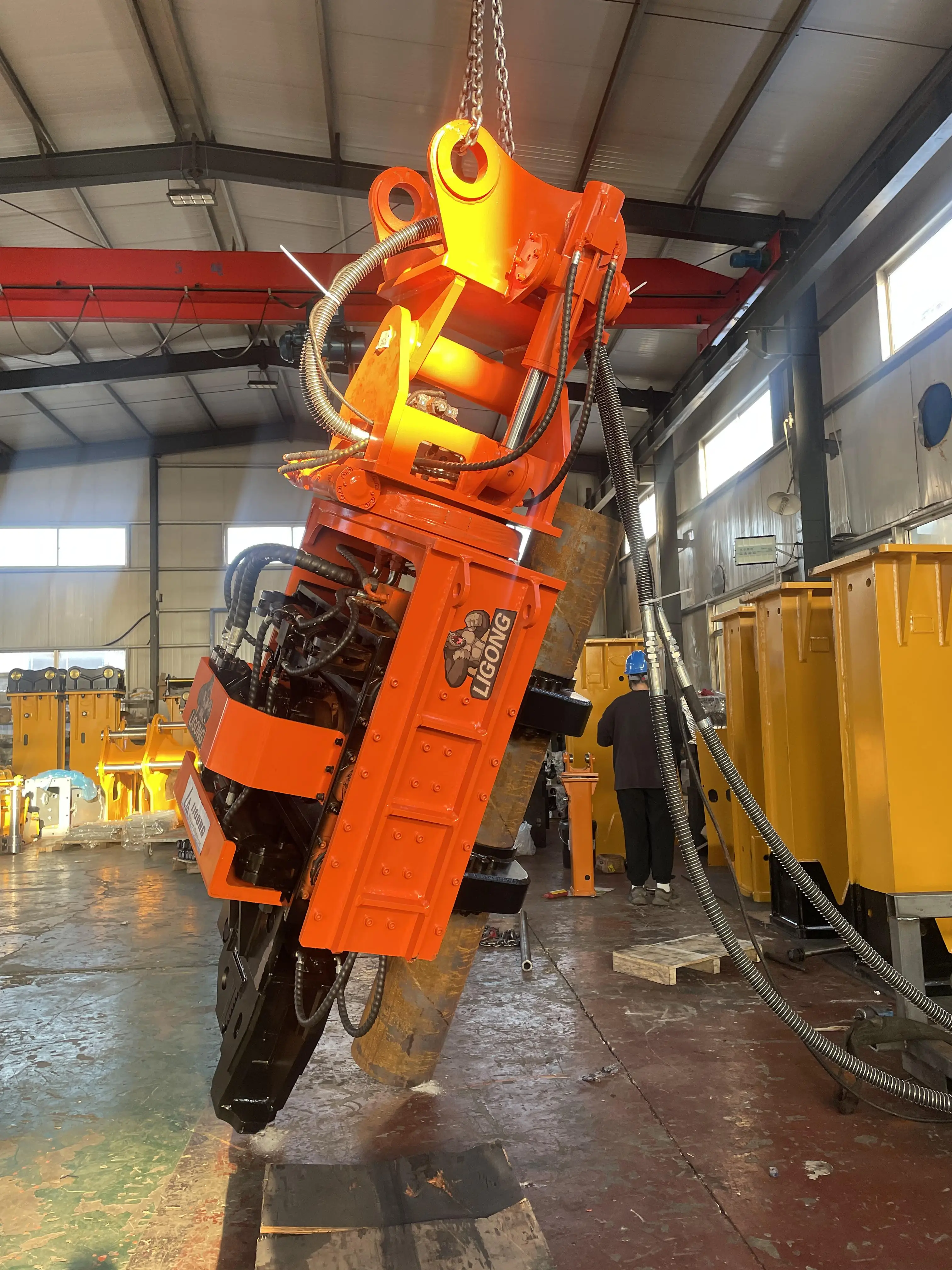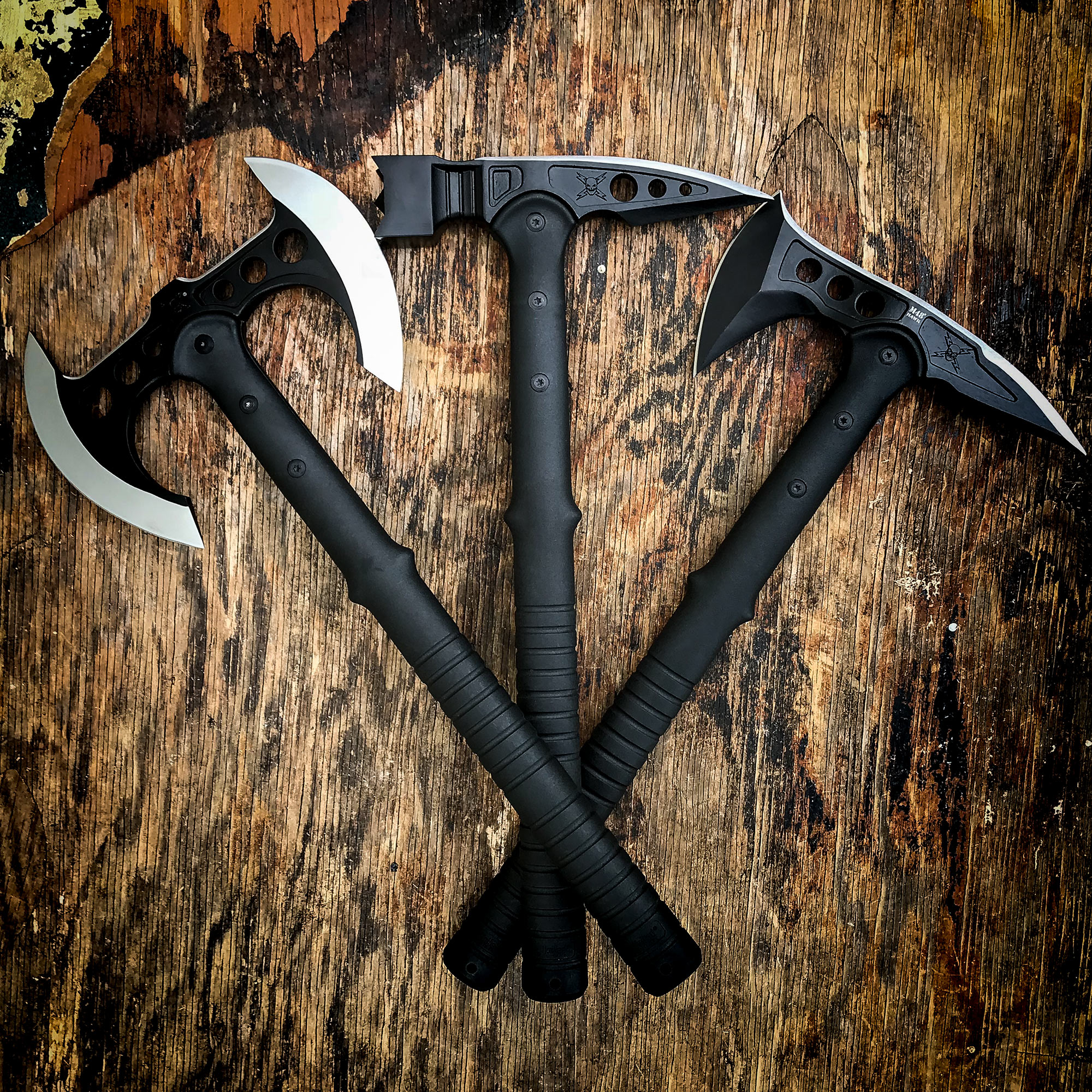Imagine a common situation where a small group of folks needs to get something done, but there's just one tool to go around. Perhaps it’s a shared workspace, or maybe a home project, but the picture of three individuals and a single hammer paints a pretty clear scene of potential challenges. This particular setup, a bit of a thought puzzle, really makes you consider how groups interact when resources are not plentiful. It’s a scenario that pops up in many aspects of everyday living, so it’s worth thinking about.
The immediate questions that come to mind often revolve around who gets to use the item, when they get to use it, and how everyone manages to make progress without causing too much fuss. It seems like a simple problem on the surface, but it quickly uncovers layers of human behavior, from patience and fairness to finding creative solutions. This kind of situation, actually, isn't just about the physical tool; it’s about how people handle shared assets and shared goals.
Thinking about this setup can help us see how groups of people can either get stuck or find clever ways to keep things moving forward, even when things are a little tight. It helps us explore the idea of making the most of what you have, and how a group's spirit can make all the difference. In a way, it’s a little like those old stories where three wishes or three guesses often lead to something special.
Table of Contents
- What Happens When 3 People Share 1 Hammer?
- The Core Challenge with 3 People 1 Hammer
- The Power of Three - Why This Number Matters
- How Number Three Shapes 3 People 1 Hammer Scenarios
- How Can Collaboration Work with 3 People 1 Hammer?
- Finding Solutions for 3 People 1 Hammer
- What Lessons Can We Learn from 3 People 1 Hammer?
- Is "3 People 1 Hammer" Always a Problem?
What Happens When 3 People Share 1 Hammer?
When you have three individuals and just one tool, the immediate outcome often depends on how everyone involved approaches the situation. You might see a bit of a scramble at first, with each person wanting to get their part of the work done. It's a natural human reaction, really, to want to get on with things, especially if there's a deadline or a clear job to finish. This initial phase can feel a little chaotic, like a slight jostle for position, which is pretty common in group settings.
Consider the basic properties of the number three itself. It is a number that comes right after two and just before four. It’s also the first odd prime number, which makes it a little bit special in the world of numbers. This idea of 'three' being a foundational unit often shows up in stories and even in how we structure things, so it's interesting to see how it plays out in a practical sense when we consider three people sharing something. Sometimes, people might just stand around, waiting for their turn, which can slow down the whole operation. Other times, you might see a more direct, perhaps even slightly competitive, push to be the one holding the hammer. This kind of situation truly puts a spotlight on how people manage resources that are scarce.
The Core Challenge with 3 People 1 Hammer
The primary difficulty with "3 people 1 hammer" is, as you might guess, the simple fact of scarcity. There isn't enough of the essential item to go around for everyone to use at the same moment. This creates a bottleneck, a point where progress gets held up because of a single shared item. It means that tasks that could be done simultaneously by different people now have to be done one after the other, or in some kind of rotation. This can be a source of frustration, obviously, and it asks a lot of patience from everyone involved.
Beyond just the physical sharing, there's the challenge of deciding who goes next, or who gets priority. Is it the person with the most urgent task? The one who started first? The one who has waited the longest? These questions, you know, aren't always easy to answer, and they can lead to small disagreements or even bigger conflicts if not handled well. It's not just about the tool itself; it's about the fairness and equity of its use. This particular scenario really puts a spotlight on how groups deal with limited means, and how important it is to have some sort of understanding or system in place. The number three, as we know, has often been tied to ideas of balance or completion in many cultures, which makes this specific grouping of "three people" even more interesting to consider in terms of finding that balance.
The Power of Three - Why This Number Matters
The number three, as it turns out, holds a pretty unique spot in our collective consciousness and in the way we make sense of the world. It's more than just a digit; it’s a concept that shows up in so many different places. For example, it’s the smallest odd prime number, a mathematical fact that gives it a special kind of simple elegance. But its significance goes way beyond just math. Think about how often you hear about things coming in threes: three wishes in a folktale, three little pigs, or the three wise men in old stories. There’s a certain rhythm to it, a sense of completeness or a natural progression that feels just right. This recurring pattern, in a way, gives the number a kind of quiet strength.
Many groups of people, throughout history, have given special meaning to the number three. It’s been seen as a symbol of balance, of beginning, middle, and end, or even of different aspects coming together to form a whole. This isn't just random; it seems to be deeply woven into how we perceive patterns and structures. So, when we talk about "three people," we're not just talking about a quantity; we're also touching on a number that carries a lot of cultural weight and a sense of something being formed or completed. It’s a number that often suggests stability or a turning point, which is pretty interesting when you think about it in the context of shared tasks.
How Number Three Shapes 3 People 1 Hammer Scenarios
The presence of the number three in our "3 people 1 hammer" scenario actually adds a layer of depth to the situation. It’s not just two people, which might be simpler, or a larger crowd, which could be overwhelming. Three creates a distinct dynamic. It allows for a sense of a small group, where everyone can still feel connected and seen, but it also introduces the need for coordination. One person might be doing the actual work, while the other two are waiting, or perhaps preparing for their turn, or even helping in other ways. This dynamic is quite specific to the number three, giving it a particular feel.
Think about how the number three is often used to represent a basic unit of storytelling or problem-solving. Three acts in a play, for instance, or three attempts to solve a riddle. In our situation, the "three people" can represent different roles or stages of a task. One person might be the current user, another could be the next in line, and the third might be handling something else entirely that supports the overall goal. This makes the situation less about just waiting and more about finding a flow. The spiritual or mystical significance of three in many folktales, like "three guesses" or "three bears," kind of hints at a magical potential for resolution, even in a seemingly tricky situation like sharing a single hammer. It suggests that with three, there's often a path to making things work, perhaps through a bit of cleverness or a shared understanding.
How Can Collaboration Work with 3 People 1 Hammer?
Collaboration, when you have "3 people 1 hammer," hinges on everyone being willing to talk things through and come up with a plan. It means moving beyond simply waiting for your turn and instead thinking about how the whole group can get the job done most effectively. This might involve setting up a schedule, where each person gets a set amount of time with the tool. Or, it could mean deciding on a priority system, where the person with the most critical part of the task goes first. What's really important here is open conversation and a shared desire to see the project through. It’s about figuring out a way to make sure everyone feels like they’re contributing and that their time is valued, which can be a little tricky but totally doable.
Another approach to making collaboration work is to break down the overall task into smaller pieces. This way, while one person is using the hammer, the other two can be doing other necessary steps that don't require the tool. For example, if you're building something, one person might be cutting wood, another measuring, while the third is nailing. This kind of division of labor means that even though the hammer is a bottleneck, other parts of the work can still progress. It's a bit like how a team in sports has different roles, all working towards the same goal, even if only one person can score at a given moment. This sort of thinking really helps to keep things moving along, even when resources are a bit tight, which is pretty clever, you know?
Finding Solutions for 3 People 1 Hammer
Finding good solutions for "3 people 1 hammer" often involves a good bit of creative thinking and a willingness to adapt. One simple solution might be to establish a clear rotation, perhaps using a timer to ensure fairness. Everyone gets a turn, and everyone knows when their turn is coming. This removes a lot of the guesswork and potential for arguments. Another approach could be to assign specific parts of the project to each person, where the hammer is only needed for certain steps. This way, each person focuses on their own part, and the hammer is passed along as needed for those specific tasks. It’s a way of making the most of the time the tool is in use, and minimizing idle periods.
Sometimes, the best solution might even involve looking for alternative ways to get the job done, or even finding a substitute tool if the task allows. While the scenario specifies "1 hammer," in a real-life situation, you might ask if there's another way to fasten things, even if it's not ideal. This shows a flexible mindset, which is incredibly useful when faced with limitations. The number three, in many old stories, often signals a point where a clever solution or a bit of wisdom comes into play, like when three guesses lead to the answer. So, in this practical sense, finding a solution for three people and one hammer often calls for a similar kind of ingenuity and a willingness to think a little differently about the problem at hand.
What Lessons Can We Learn from 3 People 1 Hammer?
The situation of "3 people 1 hammer" offers some really clear lessons about how groups of people can work together, especially when things are not perfectly ideal. One big takeaway is the importance of good communication. If everyone talks openly about what they need to do, when they need the tool, and how long they expect to use it, a lot of friction can be avoided. Just having that conversation can make a huge difference in how smoothly things run. It helps everyone understand the bigger picture and feel like they are part of the solution, which is pretty important for morale.
Another key lesson is the value of patience and understanding. Not everyone can use the hammer at the exact same moment, so waiting your turn gracefully is a skill that comes in handy. It also teaches you to appreciate the work that others are doing, even when you're not actively holding the tool yourself. This kind of shared experience, where everyone has to wait a bit, can actually build a stronger sense of team spirit. It shows that even with limitations, a group can still achieve its goals if everyone is willing to be a little flexible and considerate. The idea of "three" often represents a complete cycle or a balanced unit in many cultures, and in this scenario, it really highlights how balance and cooperation are needed to finish a task successfully.
Is "3 People 1 Hammer" Always a Problem?
It might seem at first glance that "3 people 1 hammer" is always going to be a source of trouble or inefficiency, but that's not necessarily the case. While it certainly presents a challenge, it's not automatically a bad thing. In fact, sometimes having a limited resource can actually encourage more creative thinking and better teamwork than if everyone had their own tool. When resources are plentiful, people might just focus on their own individual tasks without much thought for others. But when there's only one hammer, you're pretty much forced to talk, plan, and work together. This can lead to a more cohesive group, which is pretty cool.
Consider the times when the number three is seen as a sign of something special or complete. The concept of three, as we know from "my text," often appears in stories as a mystical or spiritual number, like "three wishes" or "three little pigs," where the third attempt or the third item brings success. In this sense, having three people work with one hammer could actually be seen as a way to focus collective energy and ingenuity. It pushes people to think about efficiency, about sequencing tasks, and about supporting each other even when they're not actively using the main tool. So, while it introduces a constraint, it also provides a unique opportunity for a group to show how well it can adapt and collaborate, turning a potential hurdle into a chance for genuine teamwork. It’s not always a problem; sometimes, it’s just a different kind of puzzle to solve, one that can bring people closer together, you know?
The situation of "3 people 1 hammer" gives us a straightforward way to think about how groups handle shared resources and work together under certain limits. It touches on the immediate difficulties of not having enough tools for everyone, making people consider how they will share and take turns. This scenario also brings in the special meaning of the number three, which often shows up in stories and cultural ideas as something complete or important. We looked at how talking things through and making a plan can help everyone work together, even when there's only one hammer. It's about finding smart ways to do things, like taking turns or dividing up the work. Ultimately, this kind of situation teaches us about patience and how a group can become stronger by facing a shared challenge. It shows that having fewer tools doesn't always mean trouble; sometimes, it just means finding a better way to work as a team.



Detail Author:
- Name : Miss Brielle Kilback
- Username : damien.hudson
- Email : katherine.hudson@hotmail.com
- Birthdate : 2005-03-17
- Address : 344 Baumbach Hill Suite 816 East Leann, ME 40563
- Phone : +1-276-210-7198
- Company : Rutherford-Gottlieb
- Job : Production Manager
- Bio : Accusantium qui incidunt autem inventore modi laborum. Id aspernatur nam qui magni quo minus consectetur qui. A deleniti vel minus autem.
Socials
linkedin:
- url : https://linkedin.com/in/bernita_xx
- username : bernita_xx
- bio : Ipsum ab aliquam eos quis repellat.
- followers : 4231
- following : 2569
instagram:
- url : https://instagram.com/bernita8
- username : bernita8
- bio : Laborum ut non praesentium neque. Nostrum exercitationem deleniti minima occaecati minus dolorem.
- followers : 772
- following : 2602
facebook:
- url : https://facebook.com/bernitamcglynn
- username : bernitamcglynn
- bio : Atque et et sed repellendus quis porro. Facilis saepe sapiente illum.
- followers : 6810
- following : 2946
twitter:
- url : https://twitter.com/bernita_mcglynn
- username : bernita_mcglynn
- bio : Amet eum nobis rerum. Nobis voluptatem expedita aliquid. Impedit quod ea dolorum est magnam quia.
- followers : 338
- following : 2275

